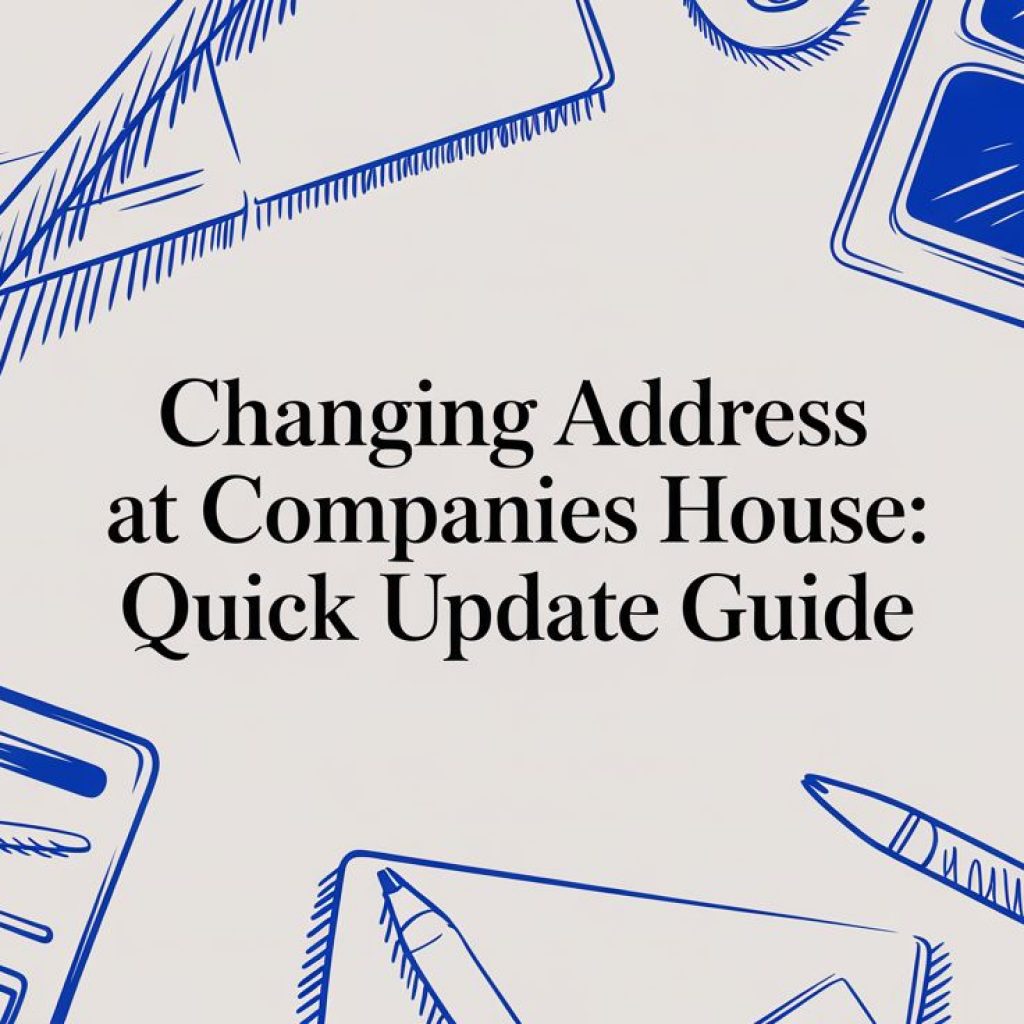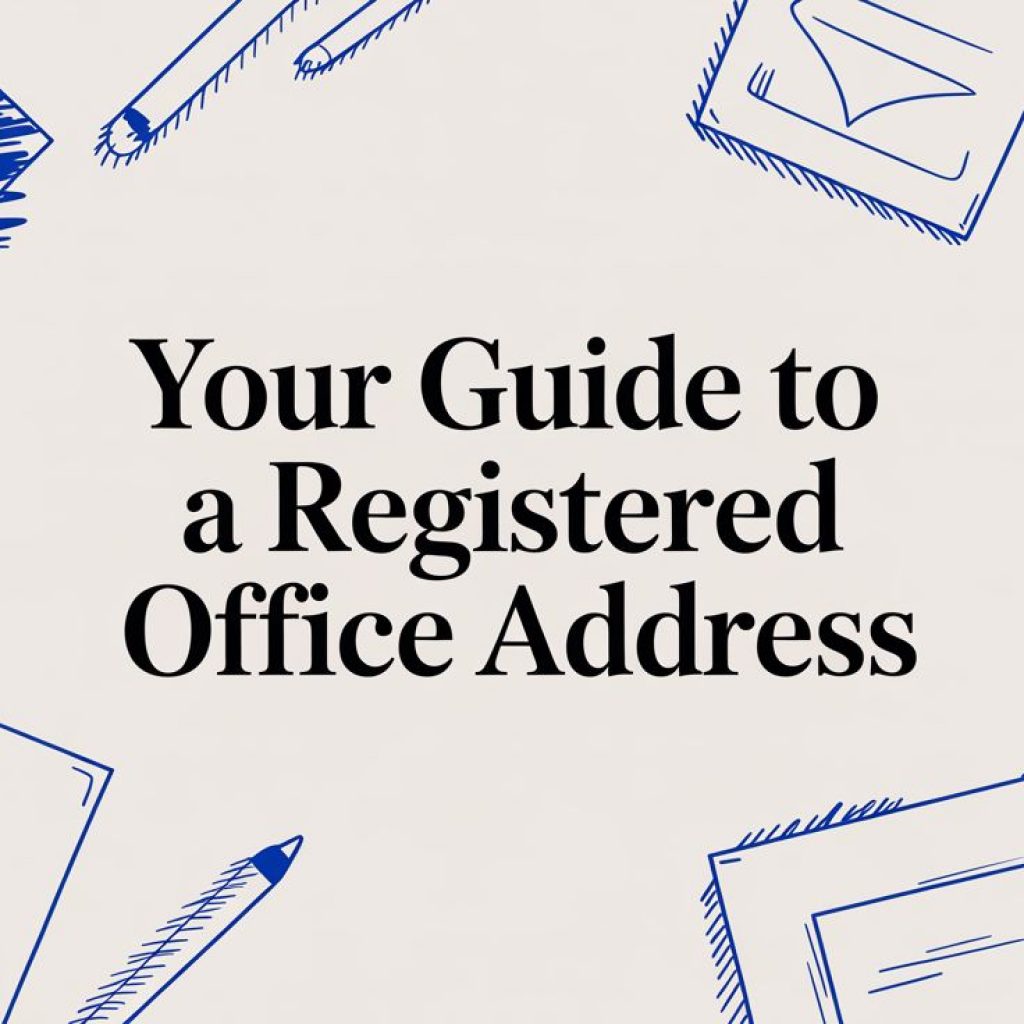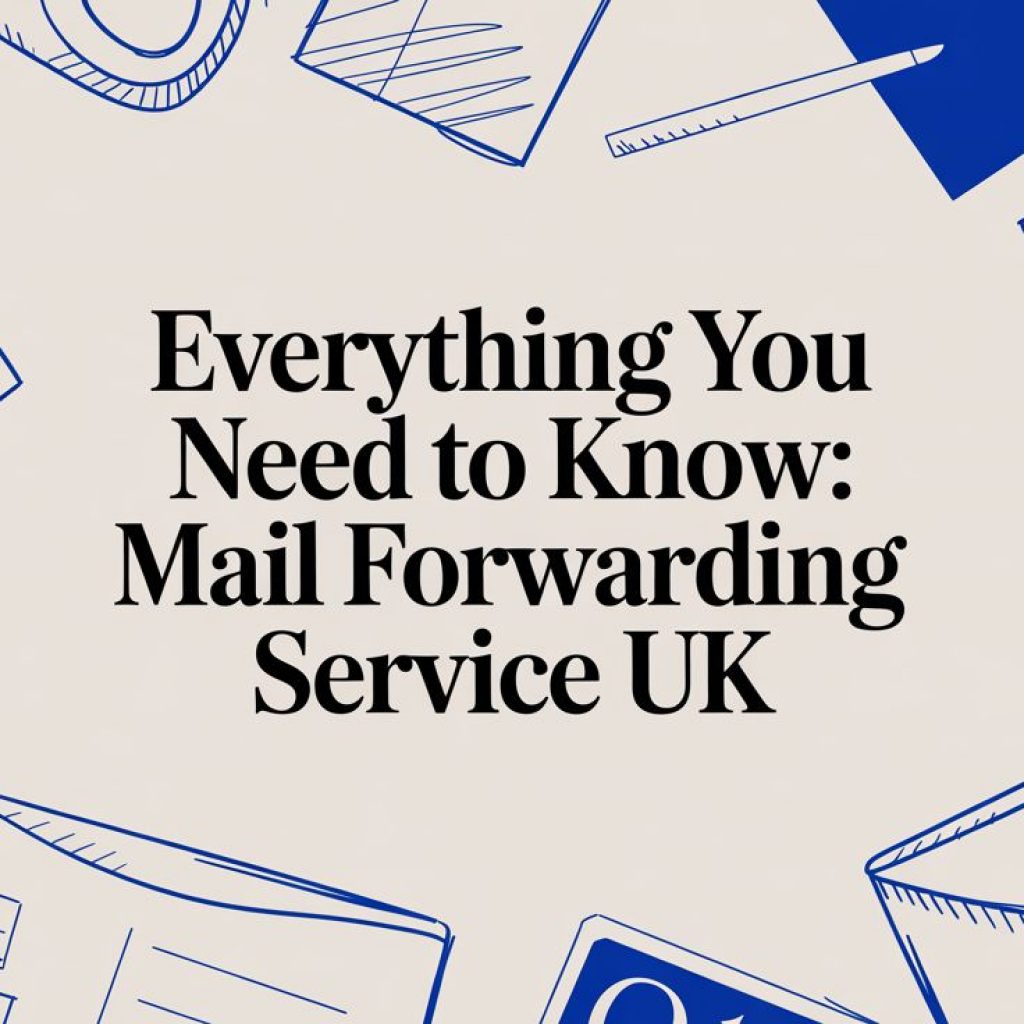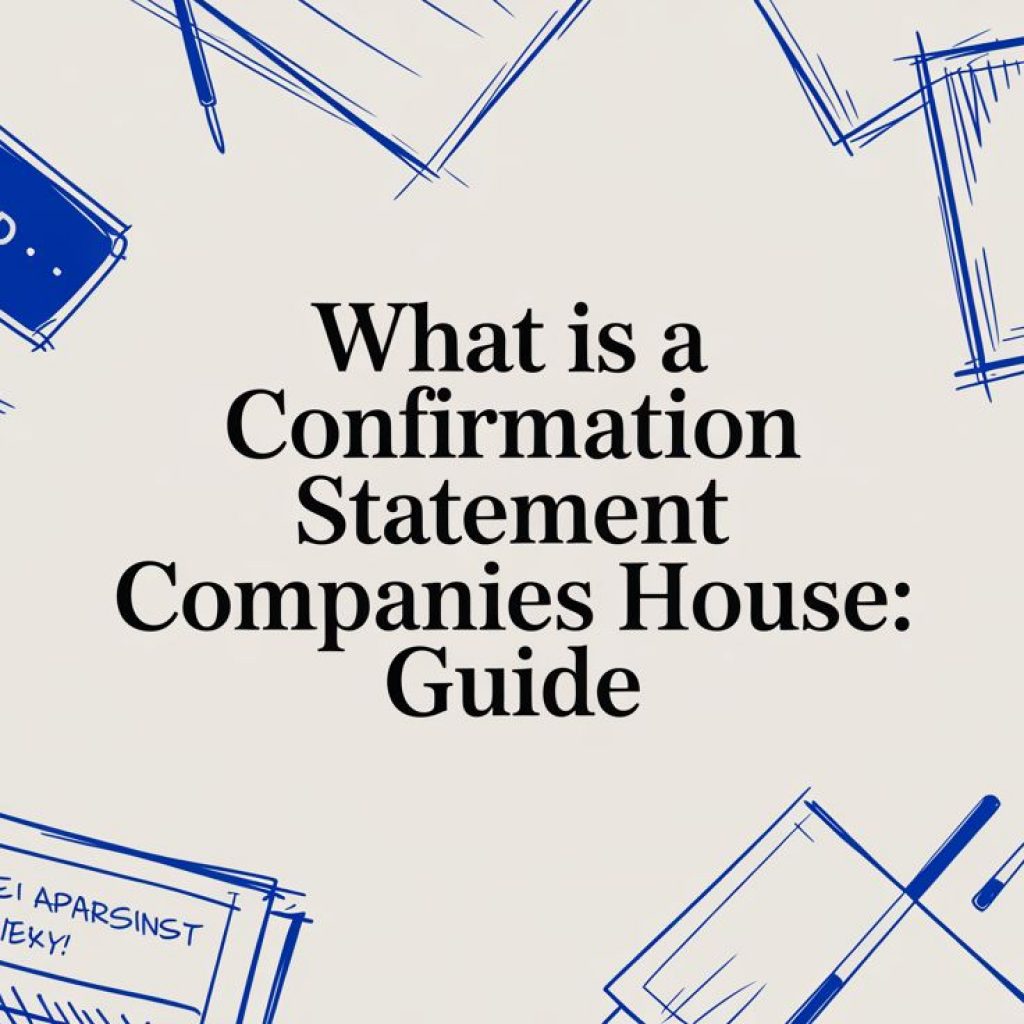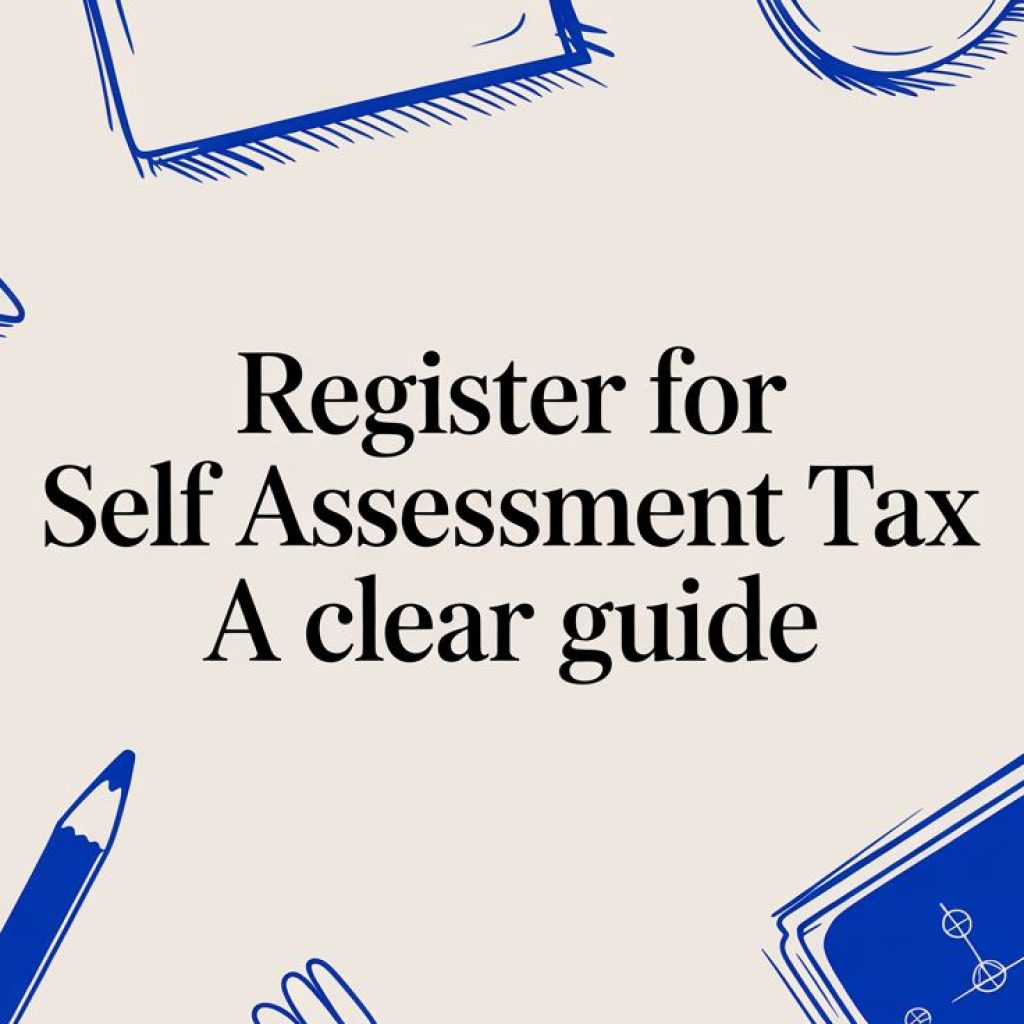Scam HMRC Letters
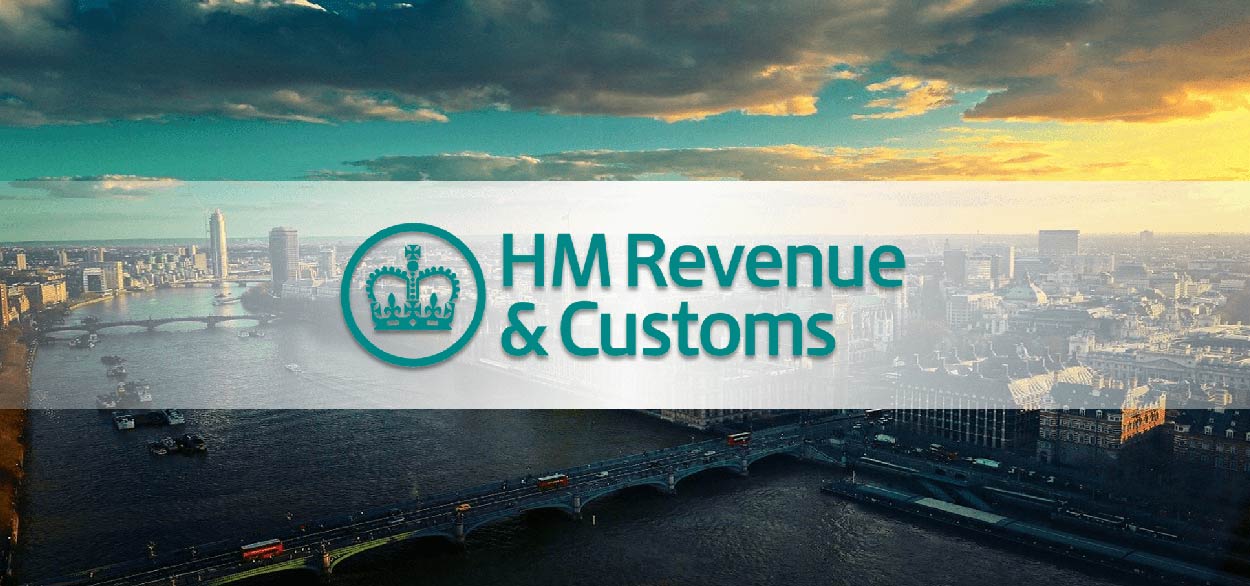
What are HMRC Scam Letters and Emails?
Common Characteristics of Scam HMRC Correspondence
- Urgency and Threats: Scammers often create a sense of urgency, claiming immediate action is required to avoid penalties or legal action.
. - Unexpected Refunds or Payments: Messages that promise unexpected tax refunds or demand immediate payment are red flags. HMRC usually communicates such matters through official channels and not via email or unsolicited letters.
. - Request for Personal Information: Genuine HMRC communications will not ask for sensitive information like bank details, passwords, or National Insurance numbers via email or text.
. - Suspicious Email Addresses and Phone Numbers: Check the sender’s email address carefully. Scam emails often come from addresses that look similar to HMRC’s official ones but may contain subtle differences.
.
We have seen an increase in scam letters which look identical to genuine HMRC letters, the only difference on these letters if the Payment URL and Telephone number. These letters are usually requiring immediate payment for relatively small amounts. These letters say pay a small amount by a specific date or you will be issued with a penalty. This is in the hope that receivers will pay the small amount and argue their point later to prevent the penalty. Once these people have your details they can charge your card for whatever they want.
.
- Poor Grammar and Spelling: Many scam messages contain spelling errors, awkward phrasing, or poor grammar, which are uncommon in legitimate HMRC communications.
How to Verify HMRC Correspondence
- Check HMRC’s Official Guidance: HMRC has detailed information on how they will and won’t contact you. Cross-referencing your letter or email with this guidance can help you determine its legitimacy.
. - Contact HMRC Directly: If you’re unsure about any correspondence, contact HMRC directly using the contact details from their official website. Do not use contact information provided in the suspicious letter or email.
. - Look for Official Logos and References: While scammers often use logos to make their communications look authentic, they may not always get the details right. Compare the letter or email to previous genuine correspondence from HMRC.
What To Do If You receive a Scam Letter or Email
- Do Not Respond: Never reply to the scam email or letter. Do not provide any personal information or payment details.
. - Report the Scam: Forward suspicious emails to HMRC at phishing@hmrc.gov.uk. For scam texts, you can send them to 60599. If you receive a scam letter, report it to HMRC directly through their website.
. - Destroy Physical Letters: If you receive a fraudulent letter, shred it to prevent any misuse of your information.
. - Stay Informed: Regularly update yourself on the latest scam tactics by visiting the HMRC website and other trusted sources. Being aware of current scams can help you spot fraudulent activities more easily. hmrc.gov.uk
- Checkout The Latest Information – HMRC are well aware of the scam letters and emails doing the rounds. Check if a particular communication you’ve received is genuine by visiting HMRC here

